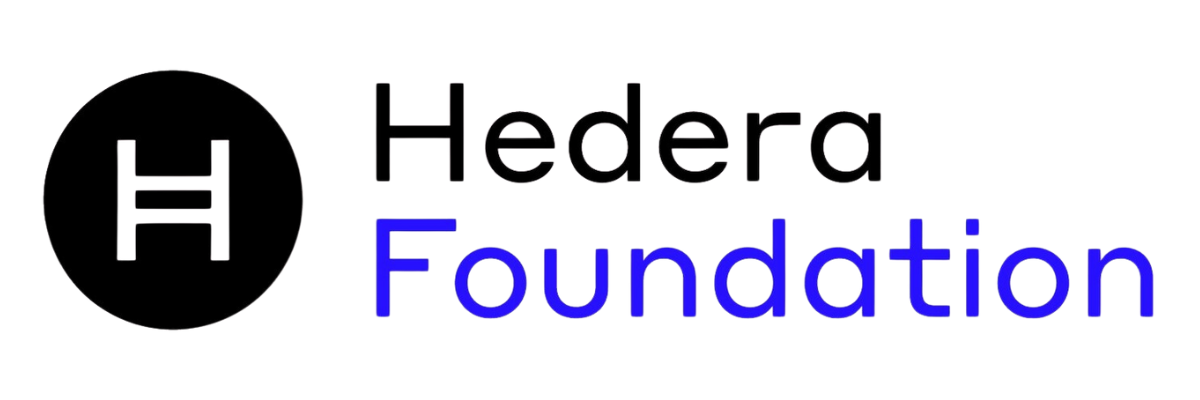
BlockScience is a complex systems engineering, R&D, and analytics firm. By integrating cutting-edge research, applied mathematics, and computational engineering, BlockScience analyses and designs safe and resilient socio-technical systems.



Mission
BlockScience aims to diagnose and solve today’s most challenging frontier socio-technical problems. This includes the massive coordination and systemic failures to address, mitigate, and reverse the overshoot of planetary boundaries. To achieve this, BlockScience is actively researching how to build effective algorithmic traders for semi-fungible assets using Automated Regression Market Makers (ARMMs). By working with Hedera and their growing ecosystem partners, these efforts will support in bridging the gap between goals and outcomes, between the digital and physical worlds, and between vision, capital, and on-the-ground execution through innovative and sustainable engineering.

Carbon Project Integrity
The Guardian Ecosystem enables ALLCOT to create a standardized project development framework that fosters trust, transparency and compatibility across all project stakeholders. This ensures the creation of high-integrity projects while maximizing benefits for local communities.
The Guardian Ecosystem facilitates the fulfillment of methodology standards, validation body requirements, project developer needs, and community expectations, thereby enhancing the overall efficiency and transparency of the project
ALLCOT stakeholders benefit from access to accurate and comprehensive information on Hedera Guardian’s public ledger, leveraging a common set of rules and standards, fostering trust and accountability.
Transparently demonstrating how project resources are allocated on the public ledger enables ALLCOT’s stakeholders to comprehend the full scope of a project's efforts, flow of funds, and impact.
By recording the transaction cost at every stage of a project's progress, resulting carbon credits can be priced to maximize revenue distribution back to the local community.
By utilizing Hedera Guardian’s digital ledger, ALLCOT is able to minimize accounting errors, make auditing more open and efficient, and enable a more equitable emergence of verification and validation partners.
The Hedera Guardian Ecosystem establishes a secure chain of data custody, particularly in the case of drone-captured information for origination purposes. This enables ALLCOT to ensure that all project data remains intact, trustworthy and accurately tethered to each project attribute.
By ensuring that data provided aligns with the necessary frameworks, the Guardian helps meet specific industry needs and standards, while ensuring compliance with multiple reporting requirements.
ALLCOT is focused on creating products that surpass the limitations of conventional methods, shifting towards more advanced and efficient approaches to future sustainability markets.
The Guardian serves as a single source of truth, ensuring that policies and rules are standardized and compatible with other sustainability market actors. This enables ALLCOT to align financing through carbon forwards and the structuring of green bonds seamlessly across various entities within the ecosystem
The adoption of a common taxonomy within Guardian enables ALLCOT to establish a standardized language for discussing and addressing various sustainability issues. This fosters better communication and alignment for more effective and cohesive climate action.
By leveraging the flexibility and adaptability of Guardian, ALLCOT has the ability to provide various pathways for different stakeholders as the sustainability market evolves.
The Hedera Guardian Ecosystem operates as a common good, providing services to the entire ecosystem without an extractive fee-based model.
ALLCOT leverages the Hedera Guardian Ecosystem to build on and integrate various services and initiatives already established by other community members. This creates an aligned, streamlined ecosystem of sustainability market actors that avoids duplication to serve the needs of communities, investors, and project developers.
Transparent environmental asset price
BlockScience is engaged in work on sustainable carbon accounting, in the initial stages of designing a global thermostat. BlockScience is working to ensure that our value systems recalibrate towards sustainability by applying model-based systems engineering to the mechanism, market, and institutional design and analysis.
Resilient digital infrastructure
BlockScience’s work applying Model-Based Systems Engineering to mechanism, market, and institutional design guides the development and governance of safe, ethical, and resilient infrastructure. They liken their work to civil engineering in digital space, providing the best of emerging tech and innovation while balancing safety, adaptivity, and adequate steering in system design and analysis.
Interdisciplinary expertise
The BlockScience team is interdisciplinary, with engineering teams operating in concert with social science and governance research teams of ethnographers and economists. This enables them to provide a more holistic approach to solving system design problems with complex human behavior implications.
Open-source, transparent markets
The Hedera Hashgraph is positioned in the DLT space in the sweet spot between decentralization, transparency, and commercial scalability. The Guardian makes BlockScience’s work on Automated Regression Market Makers possible.
Case study:
BlockScience's collaboration with Hedera Hashgraph and HBAR Foundation presented an opportunity to apply the engineering firm’s expertise in Model-Based Systems Engineering (MBSE) within the Hedera ecosystem. This partnership was performed under a grant covering thought leadership, advisory and consulting to ecosystem projects, applied research, as well as HBAR grant program design. The work focused primarily on ecosystem and institutional development and economics (including the grants program itself), network economics, mechanism and market design, and modeling. BlockScience’s engagement involved providing insights and guidance in systems design and decision-making, as well as economic considerations around resource allocation, partnerships, and investment in pioneering research to further the goals of Hedera and the HBAR Foundation.
As part of the workstream, the BlockScience team supported several key initiatives such as data ontology development for Tolam, a dashboard application presenting the HBAR net flow of money supply, and grants program design.
For the grants program, we proposed a strategic approach for distribution and allocation, ensuring funds are used effectively for meaningful initiatives and projects within the Hedera ecosystem and incentivizing applications to use HBAR as an economic invariant. The objective was to foster sustainable economic stimulation and impactful contributions through responsible resource allocation. In pursuit of this objective, we proposed a granting structure to the HBAR foundation that separated the strategic concerns of prioritization and budgeting from the tactical concerns of incentivizing specific outcomes and monitoring progress toward those outcomes. The team also actively participated in evaluating effects of grants alongside the Hedera and HBAR Foundation teams, underscoring the team’s understanding of the ecosystem and dedication to advancing the adoption of climate and sustainability oriented goals within Hedera.
BlockScience also provided early-stage support such as input into whitepaper development and documentation recommendations including projects focused on renewable energy certificates and carbon offsets. Our initial collaboration with these projects involved primarily serving in an advisory capacity, lending advice, and subject matter expertise.
Finally, some of the most significant and promising work came from the applied research and development workstream focusing on mechanism and market design. Building upon the insights gained from the early stages of collaboration, BlockScience’s efforts aimed to deliver a robust and interoperable multi-attribute automated market maker (dubbed Automated Regression Market Makers (ARMMs), a tool that met the requirements of Object Computing, Inc. (OCI) and Tolam Earth. Our focus revolved around the design and development of their Minimum Viable Product (MVP) and Minimum Marketable Product (MMP) carbon offset marketplace. The work is an exciting area for further research, development, and collaboration positioning the Hedera ecosystem and partners as global leaders in energy credit market innovation.
KEY LINKS (in text)
Introducing Automated Regression Market Makers (ARMMs): A New Price Discovery
Mechanism for Semi-Fungible AssetsTesting ARMMs in Production
IMAGES

An illustration of multiple attributes or parameters that could exist on the supply and demand sides of renewable energy credit markets. The top (green boxes) represent RECs and the bottom (blue) represent CORCs. ARMMs, can distill private preference signals into public price signals while tracking underlying signal changes. An ARMM can “learn” to make more accurate pricing predictions and provide automated matching of supply and demand sides of the market. In the context of market valuation, this same token is semi-fungible as needed for the ARMM.

cERD – Carbon Forward Markets Image by David Sisson

cERD - Sustainability Project Time Series Image by David Sisson

An example of ML data clustering by attributes. In an ARMM, clusters like this could represent renewable energy credit attributes and be used in facilitating “matches” of the supply and demand context of semi-fungible assets. (Source: https://en.wikipedia.org/wiki/Cluster_analysis)

Visualizing higher dimensional spaces with Machine Learning (source: https://www.youtube.com/watch?v=wvsE8jm1GzE)

A scatterplot and histogram representing the distribution of the first two principal components of the simulated attributes. Automated Regression Markets leverage adaptive subspace detection and recursive regression in order to dynamically (re)discover which combinations of attributes are valuable.
BlockScience is proud to work with Hedera's ecosystem partners:



.avif)